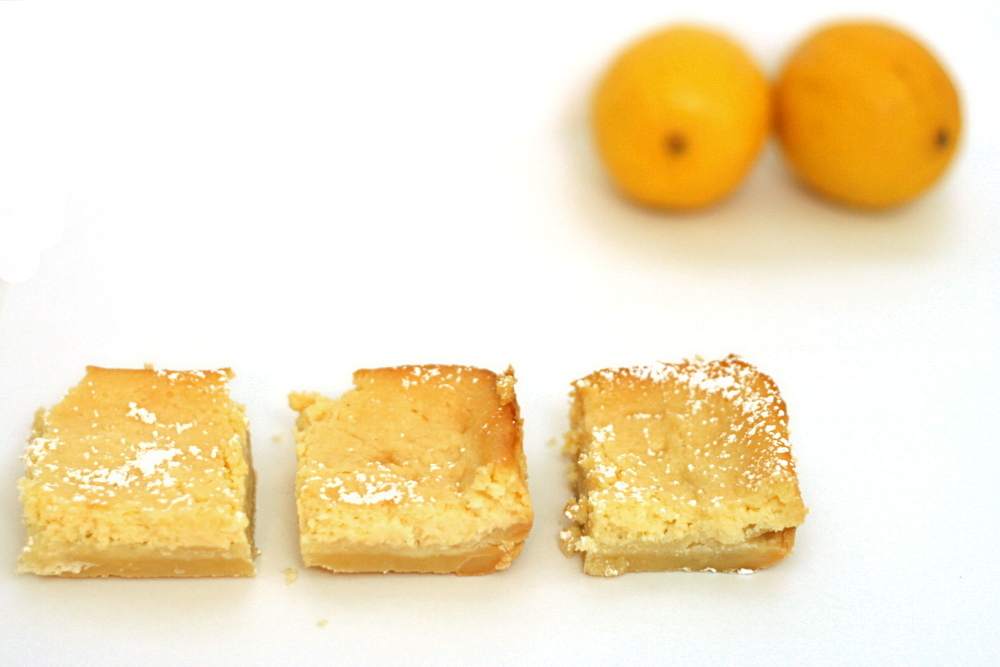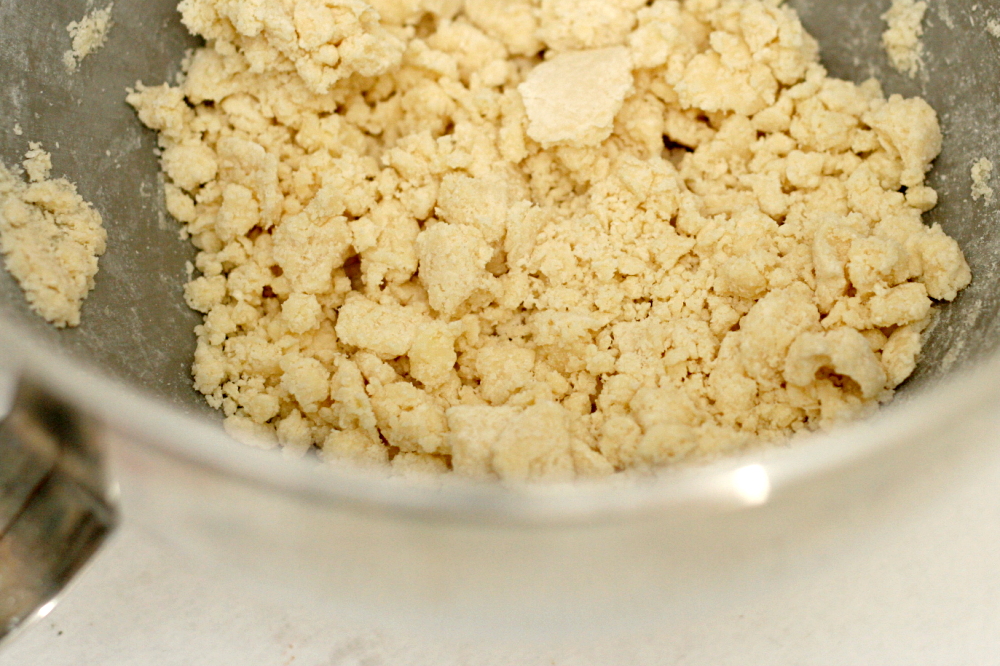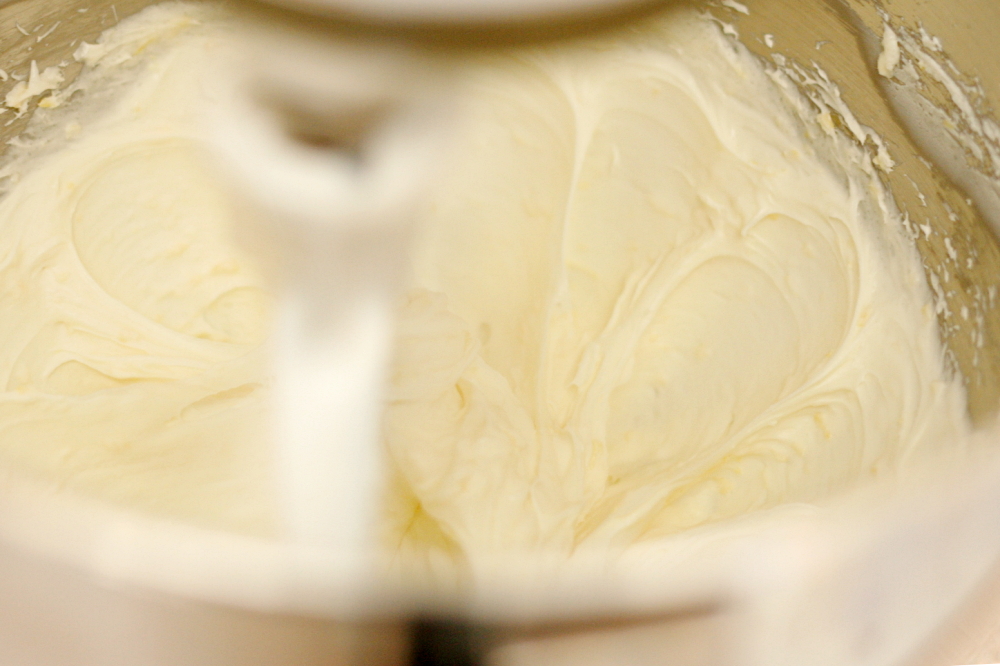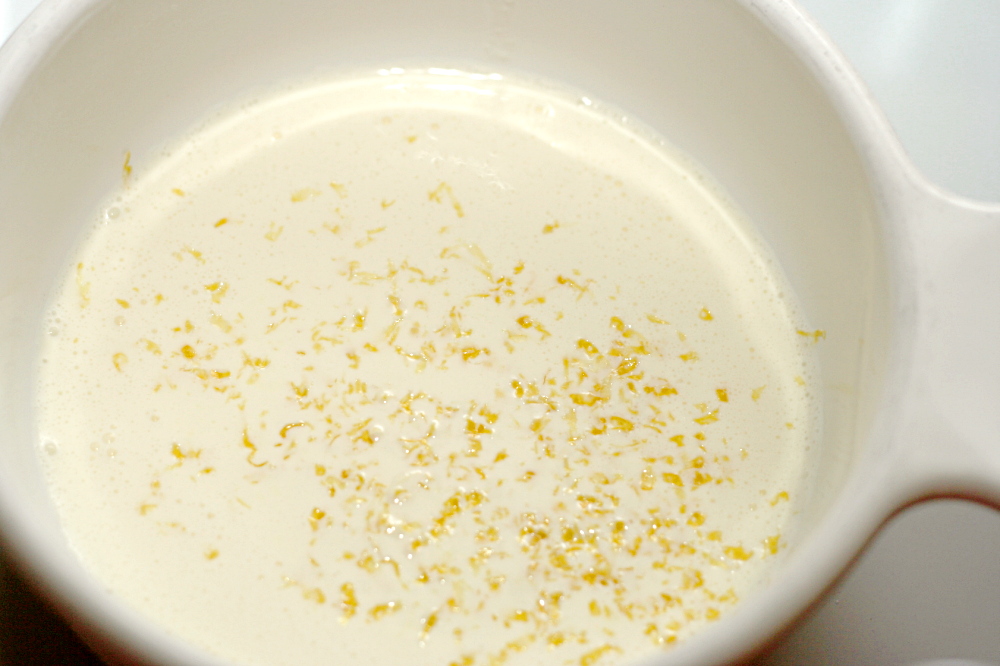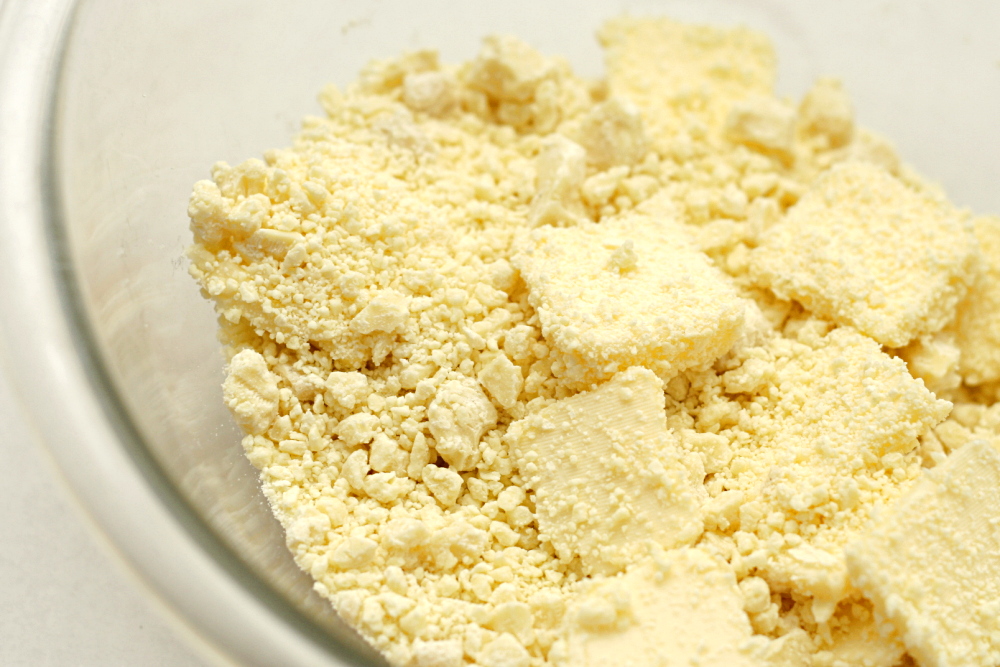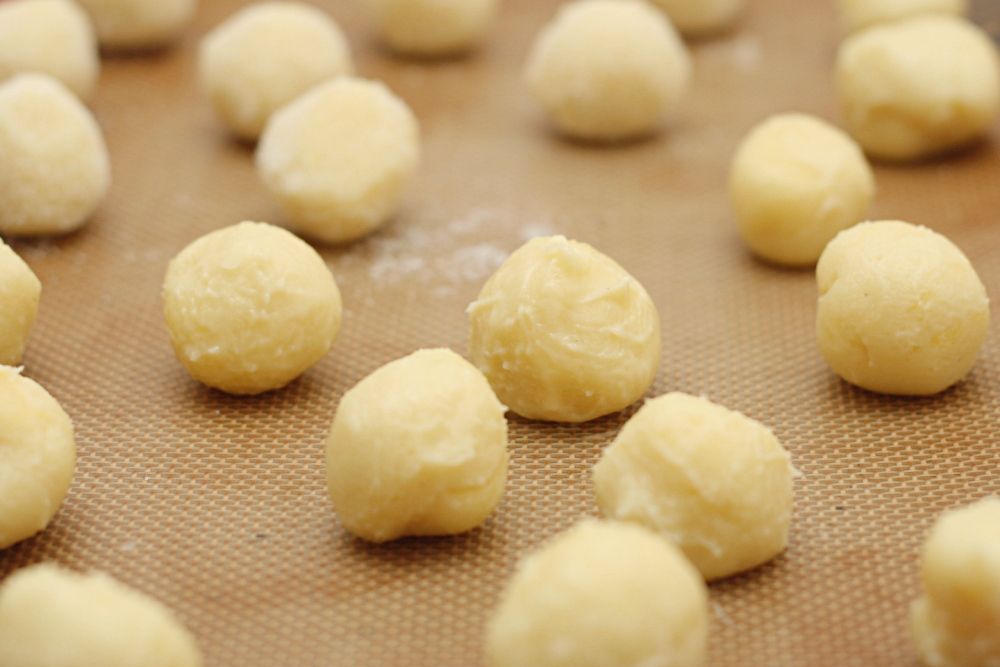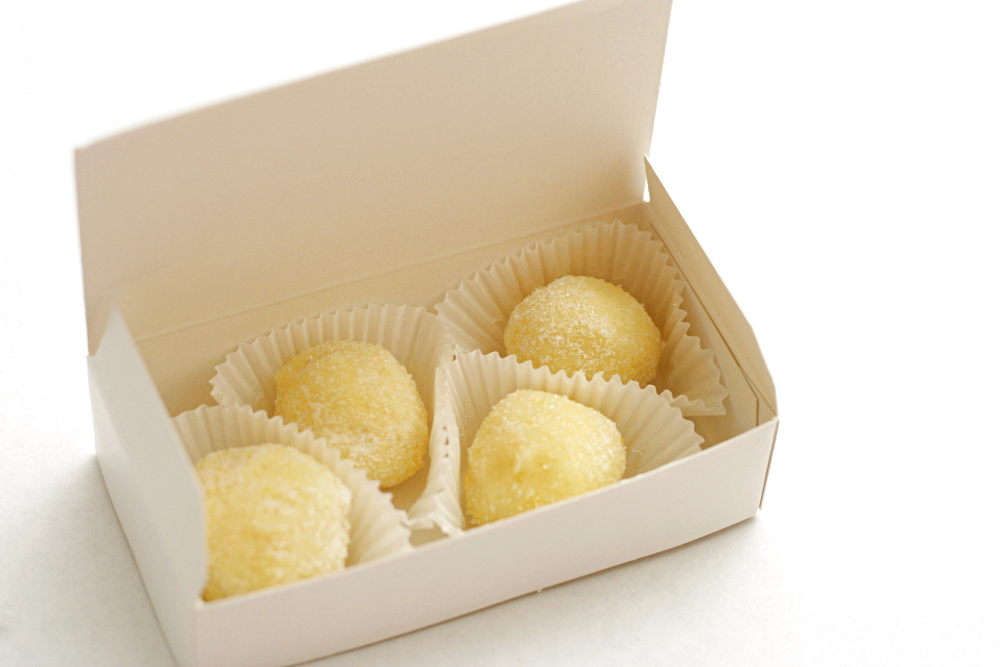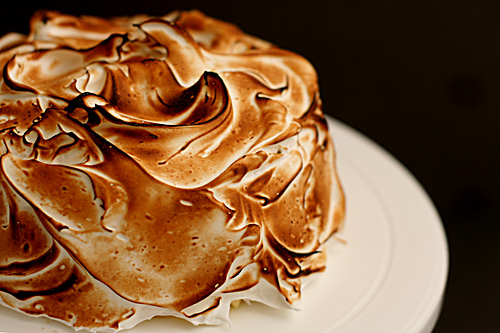
“I’m gonna go torch my birthday cake. Do you want to watch?”
It was late and I was crabby, so I thought I would get more of a reaction. But apparently I’d already shown Dave a picture of the cake I was planning to make for my birthday, so he knew exactly what I was talking about.
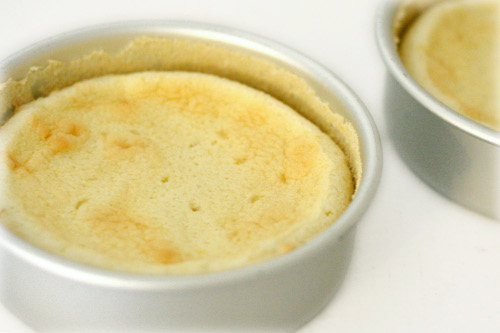
Yes, I made my own birthday cake. Bakers are often disappointed on their birthday when no one offers to make them a cake. I might feel this way if I had plenty of opportunities to bake cakes for other people, but most of my baking is limited to what Dave and I can eat within a few days. For cakes, that means making a few cupcakes at a time. Having an opportunity to say (emphatically) screw that and just make a damn layer cake is rare. My birthday is one, and I take advantage of it.
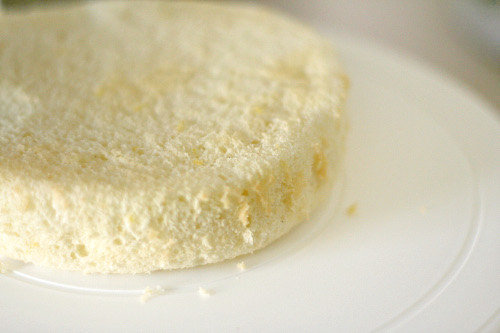
Of course, you have to take that with a grain of salt, because someone does make me a birthday cake every year, although how close that happens to my birthday is a crapshoot. I usually see my family once during the summer, and if it’s within about a month of my actual birthday, we’ll celebrate then, and whoever’s house we’re at will make a cake. (Last year, it was my brother, and when he asked me what kind of cake I wanted, he was sure to specify “a basic cake, not a four-hour project.”) When I visited my family a few weeks ago, my mom satisfied my chocolate craving with a chocolate cake with raspberry filling. That left me free to try something more adventurous.
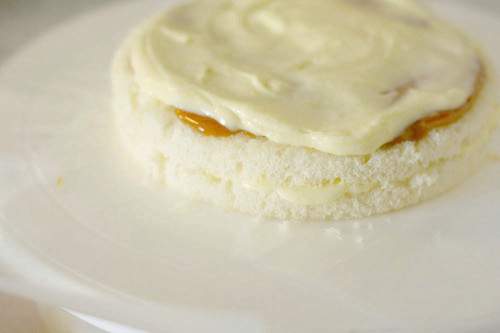
Tartine’s lemon meringue cake is a lemon chiffon cake brushed with lemon syrup and layered with caramel and lemon cream, then topped with meringue and torched. (“Four-hour project” is optimistic.) After making lemon cream last year, I was pretty sure I wouldn’t be making it again – it’s lemon-flavored butter. But it’s my birthday, and I say again, screw that. Mark made this cake recently and assured me I wouldn’t have any problems.
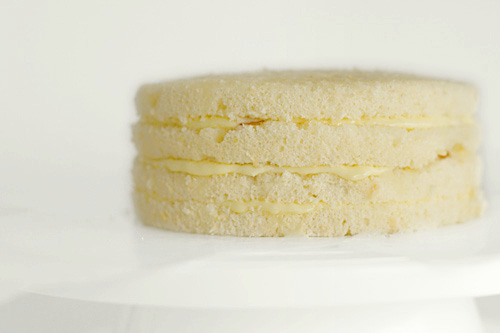
And I didn’t have any big problems. The cake sank quite a bit after baking, so I probably underbaked it. Then I overcooked the caramel a little, so it hardened too much. And I underbeat the lemon cream because I was too lazy to wash my blender and I left the immersion blender I got for my birthday at my parents’ house. (Gah!) Nothing ruined the cake though, and anyway, do you see those perfectly browned peaks?! I’m such a rockstar. (It’s my birthday and I’ll brag if I want to.)
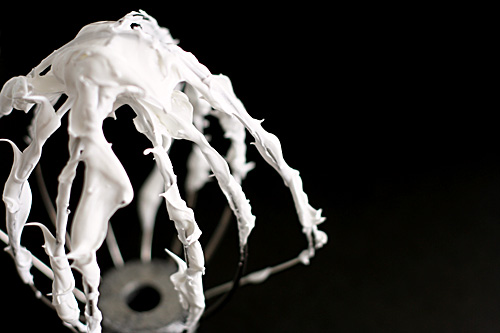
Hot damn, that’s a delicious cake. Yes, the cake part is too dense – I’m a chronic underbaker. But the lemon cream remained stable, and the caramel softened up nicely.
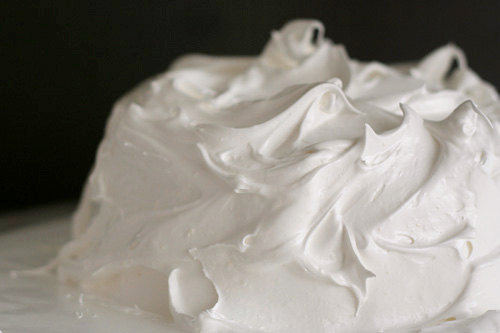
The caramel, at first blush, stands out as a decidingly non-lemon component of this lemon cake. But the flavor was somehow remarkably complimentary. And I’d forgotten how much I love the feeling of meringue bubbles popping in my mouth. In the end, the cake is neither overbearingly citrusy nor overbearing sweet. (Um, at least I thought so – Dave couldn’t eat his without tea.) It was a wonderful at-least-four-hour already-got-my-chocolate-fix birthday cake project.
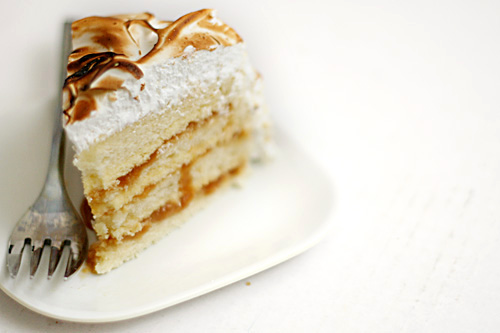
One year ago: Fried Egg and Sausage Ciabatta Breakfast Pizzas
Lemon Meringue Cake (from Tartine, by Elisabeth Pruett and Chad Robertson)
Makes a 10-inch round cake
I made ⅓ of this recipe and divided the batter between two 6-inch pans. I cut each layer in half to create 4 even layers. Mark has the recipe amounts for an 8-inch cake.
Chiffon Cake:
2¼ cups (11.25 ounces) all-purpose flour
2 teaspoons baking powder
1½ cups (10.5 ounces) sugar
¾ teaspoon salt
½ cup vegetable oil
6 large egg yolks, at room temperature
½ cup water
¼ cup lemon juice
1½ teaspoon grated lemon zest
10 large egg whites, at room temperature
¼ teaspoon cream of tartar
Preheat the oven to 325F. Line the bottom of a 10-inch cake or springform pan with 3-inch sides with parchment paper cut to fit exactly; don’t grease the pan.
Sift together the flour and baking powder into a large mixing bowl. Add 1¼ cups (8.75 ounces) of the sugar and the salt and whisk to combine. In a small bowl, whisk together the oil, egg yolks, water, lemon juice, and lemon zest. Make a well in the flour, add the yolk mixture, and then whisk thoroughly and quickly for about 1 minutes until very smooth.
In another large mixing bowl, beat the egg whites until frothy, then add the cream of tartar and beat on medium-high speed until it holds soft peaks. Add the remaining ¼ cup (1.75 ounces) sugar slowly while beating on medium-high speed until the whites hold firm, shiny peaks. Add a third of the egg whites and fold into the yolk mixture to lighten, then fold in the rest of the whites until just combined.
Pour the batter into the pan, smoothing the top if necessary. Bake until a toothpick inserted in the center comes out clean, about 45-55 minutes. Let cool in the pan on a wire rack. Once completely cool, run a thin knife around the sides of the pan to loosen the cake an then release and lift off the pan sides. Invert the cake and peel off the parchment.
Caramel:
⅔ cup heavy cream
¼ vanilla bean
1¼ cup (8.5 ounces) sugar
¼ cup water
¼ teaspoon salt
2 tablespoons light corn syrup
¾ teaspoon lemon juice
4 tablespoons unsalted butter
Pour the cream into a small, heavy saucepan. Split the vanilla bean in half lengthwise and use the tip of a sharp knife to scrape the seeds from the pod halves into the milk. Place over medium-high heat and bring to just under a boil, stirring occasionally. Reduce the heat to low to keep the cream warm.
In a medium, heavy saucepan, combine the sugar, water, salt, and corn syrup. Bring to a boil over medium heat, stirring to dissolve the sugar. Then cook, without stirring, until the mixture is amber colored, 5 to 8 minutes. Remove from the heat.
The mixture will continue to cook off the heat and become darker, so make sure to have your cream close by. Carefully and slowly add the cream to the sugar syrup. The mixture will boil vigorously at first. Let the mixture simmer down, and then whisk until smooth. Add the lemon juice. Let cool for about 10 minutes.
Cut the butter into 1-inch chunks and add to the caramel one at a time, whisking constantly after each addition. Then whisk the caramel periodically as it continues to cool.
Lemon Cream:
½ cup + 2 tablespoons lemon juice
3 large eggs
1 egg yolk
¾ cup (6 ounces) sugar
pinch salt
16 tablespoons (8 ounces) unsalted butter
In a heatproof bowl set over a saucepan of simmering water, combine the lemon juice, eggs, yolk, sugar, and salt (make sure the bottom of the bowl doesn’t touch the water). Whisk them together constantly until very thick, or 80°C (180°F) on an instant-read thermometer. Remove from the heat and let it cool down until warm to touch (60°C or 140°F on a thermometer). Place the lemon cream in a blender and with the motor running, add the butter in small pieces. Allow to cool completely. (You may refrigerate it, but allow to come to cool room temperature before using.)
Lemon Syrup:
⅓ cup water
⅓ cup (2.5 ouncs) sugar
⅓ cup lemon juice
In a nonreactive saucepan, combine the sugar and water and bring to a boil over medium heat. Transfer to a cool bowl, let cool for a bit, then chill for half an hour. Stir in the lemon juice.
Assembly:
Split the chiffon cake horizontally into four equal layers. Place one layer on your serving plate (which I lined with wax paper around to cake) and moisten evenly with ¼ of the lemon syrup. Spread ⅓ of the caramel over the cake, then ⅓ of the lemon cream. Repeat with 2 more layers, using up the remaining caramel and lemon cream. Top with the fourth cake layer and moisten with the remaining lemon syrup. Cover the cake completely with plastic wrap and refrigerate for at least four hours or overnight.
Swiss Meringue:
7 egg whites
1¾ cup (12.25 ounces) sugar
pinch of salt
In a heatproof bowl over a pan of simmering water, combine the egg whites, sugar, and salt and whisk until the whites are hot to the touch, about 120F, about 5 minutes. Beat on high speed until the mixture is very thick and holds stiff, glossy peaks.
Unmold the cake and spread the meringue all over. Use a spatula or a spoon to create dramatic swirls. Using a propane torch if available, scorch the meringue, blackening the tips and swirls.
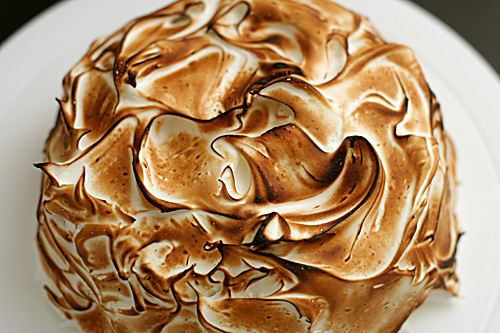
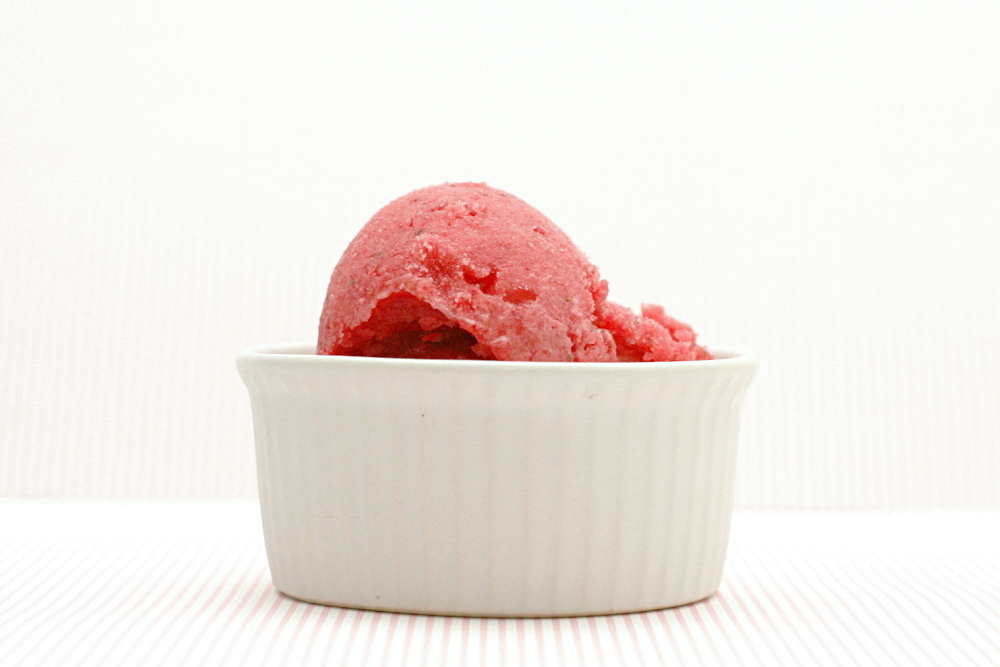
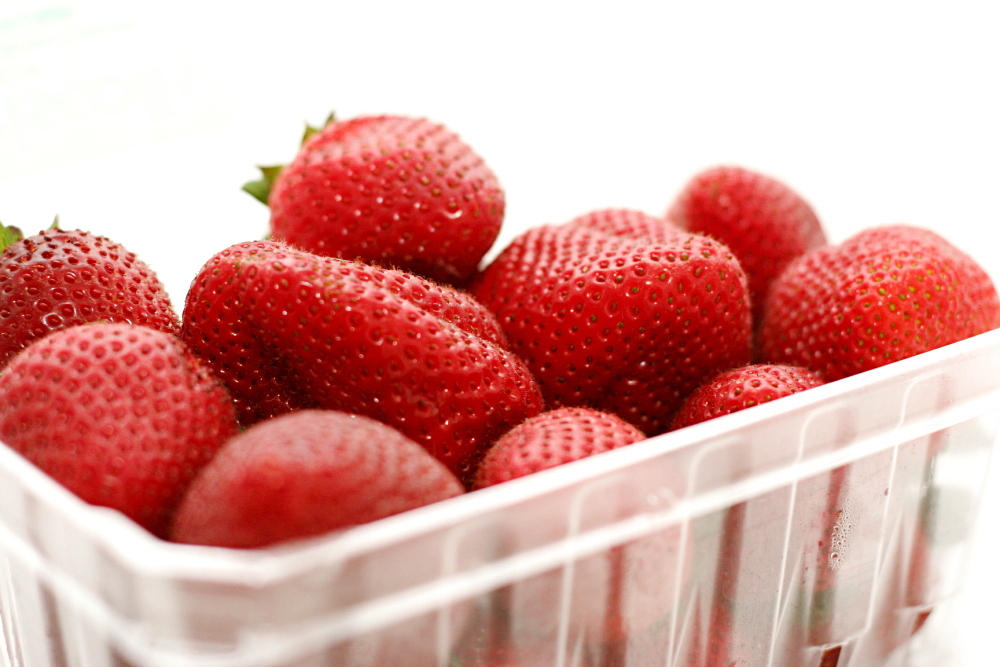
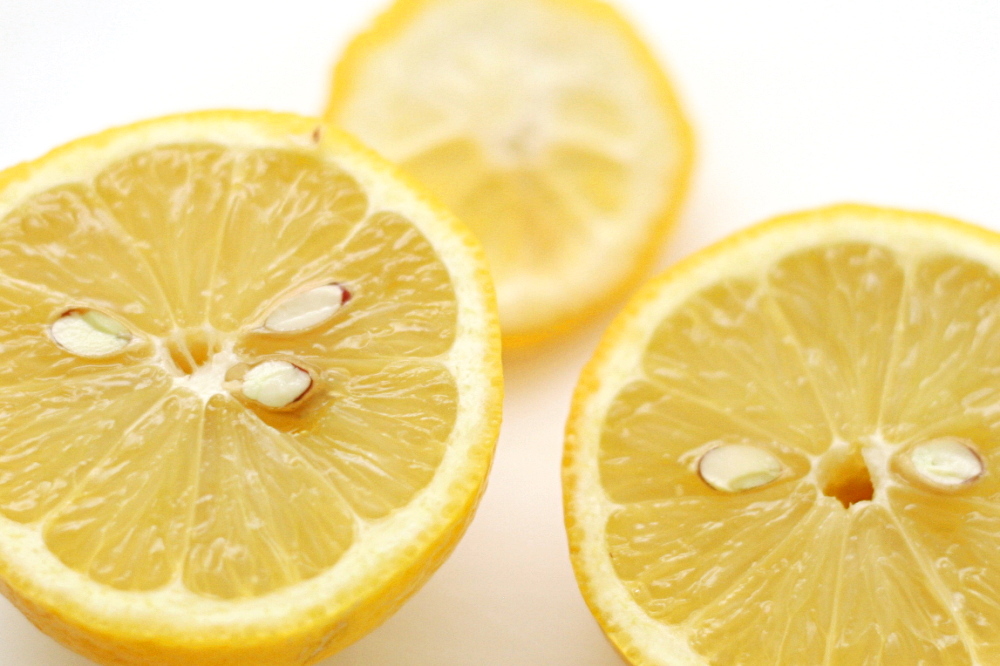
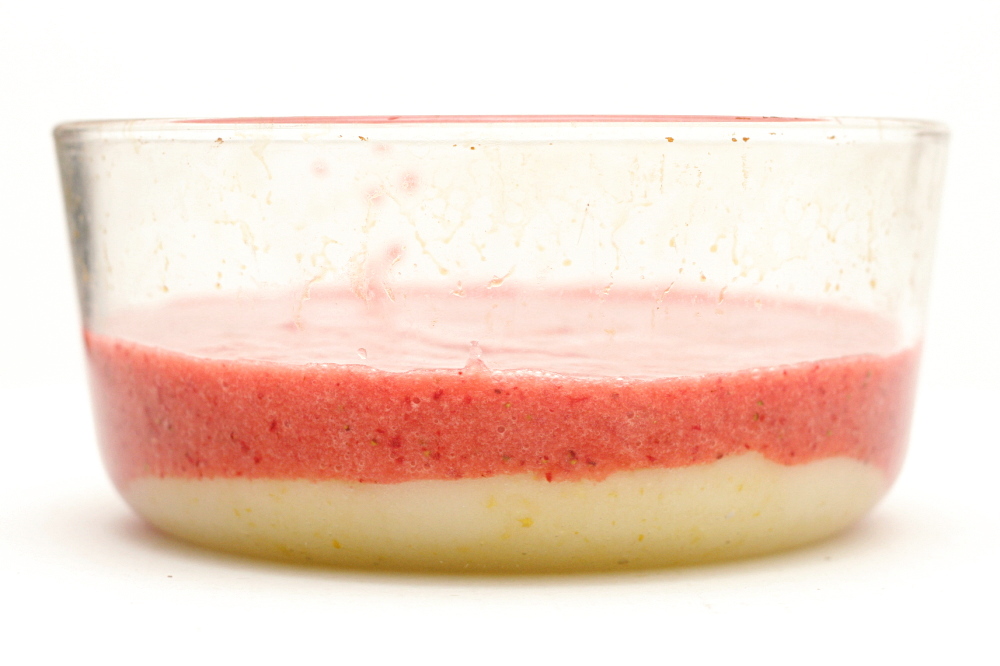
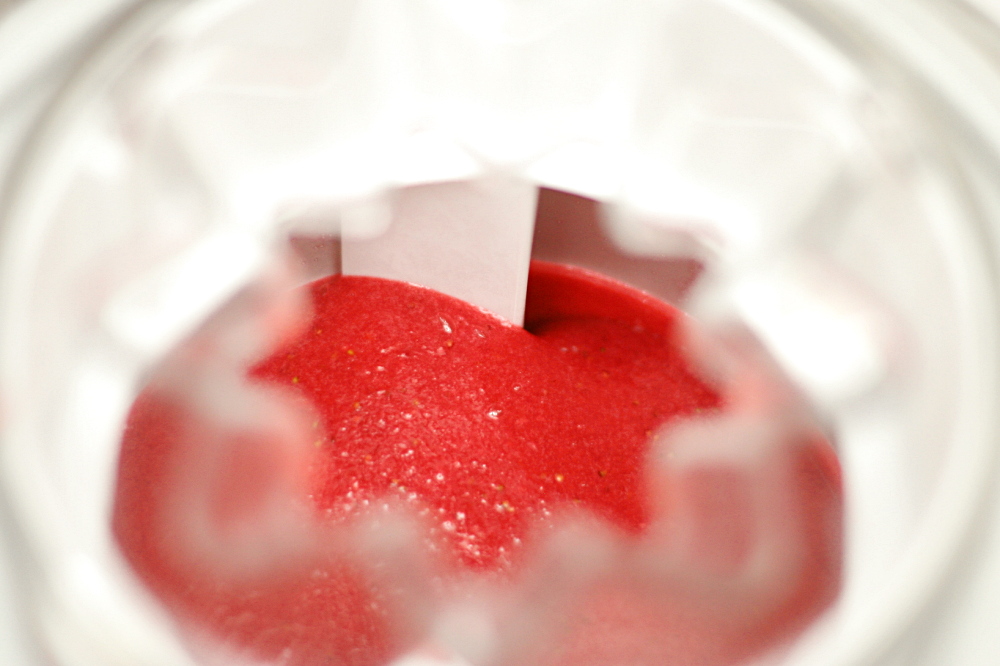
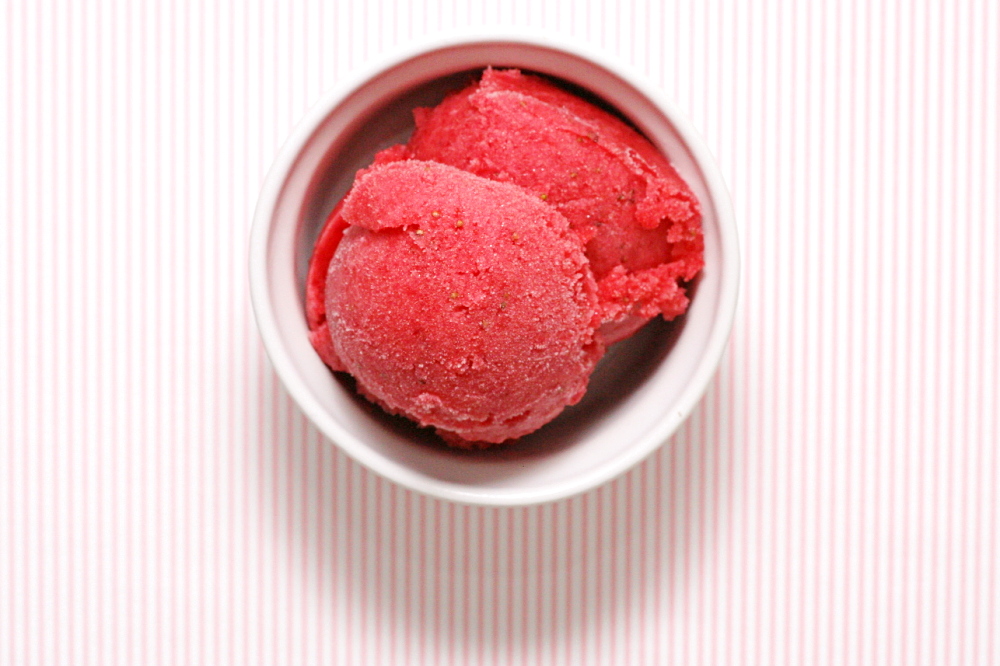
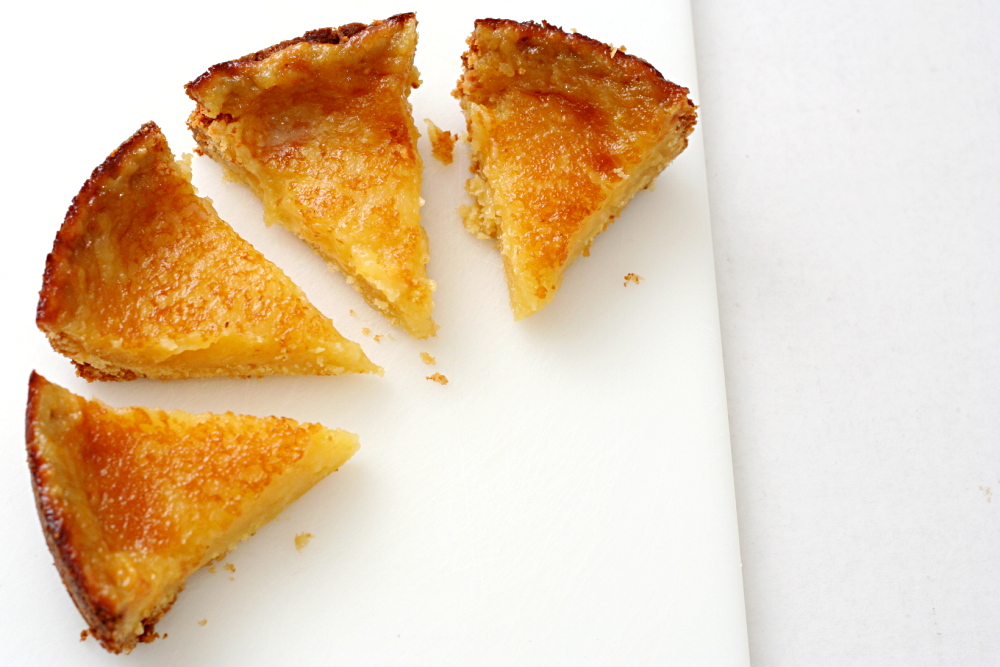
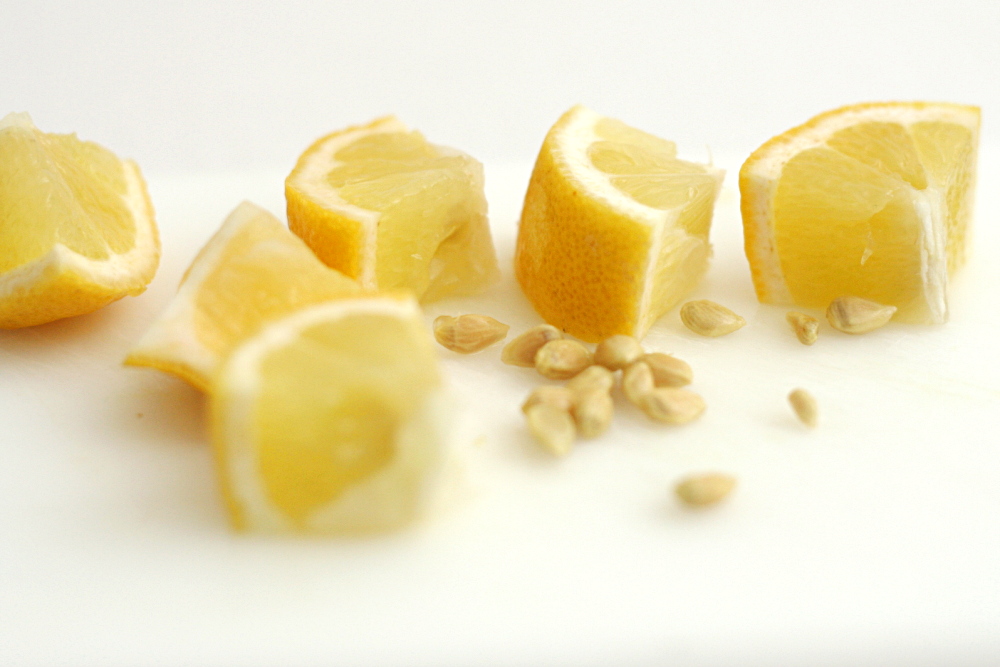
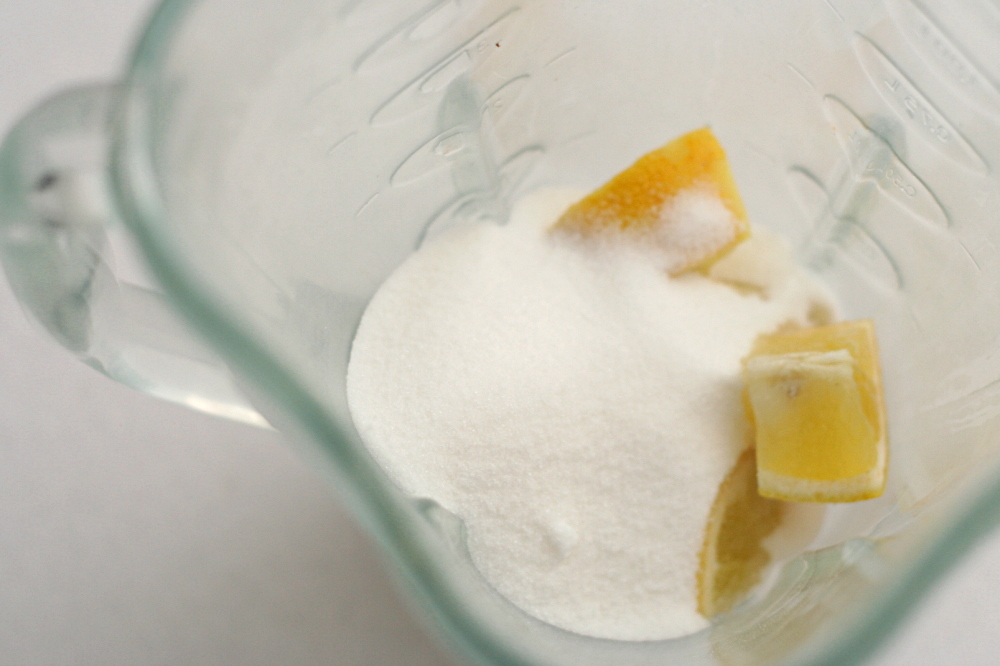
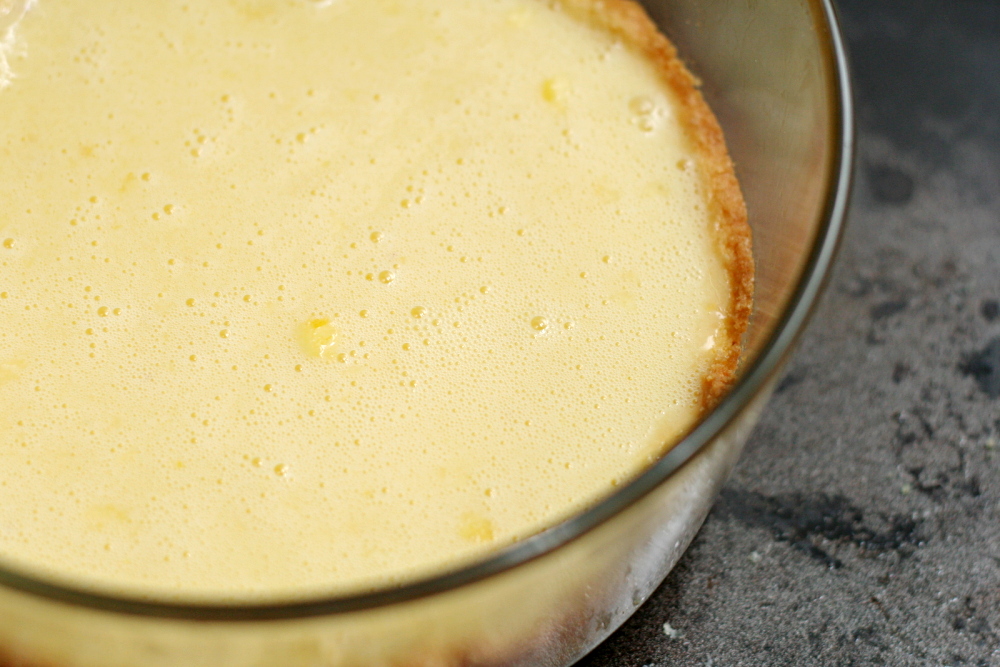
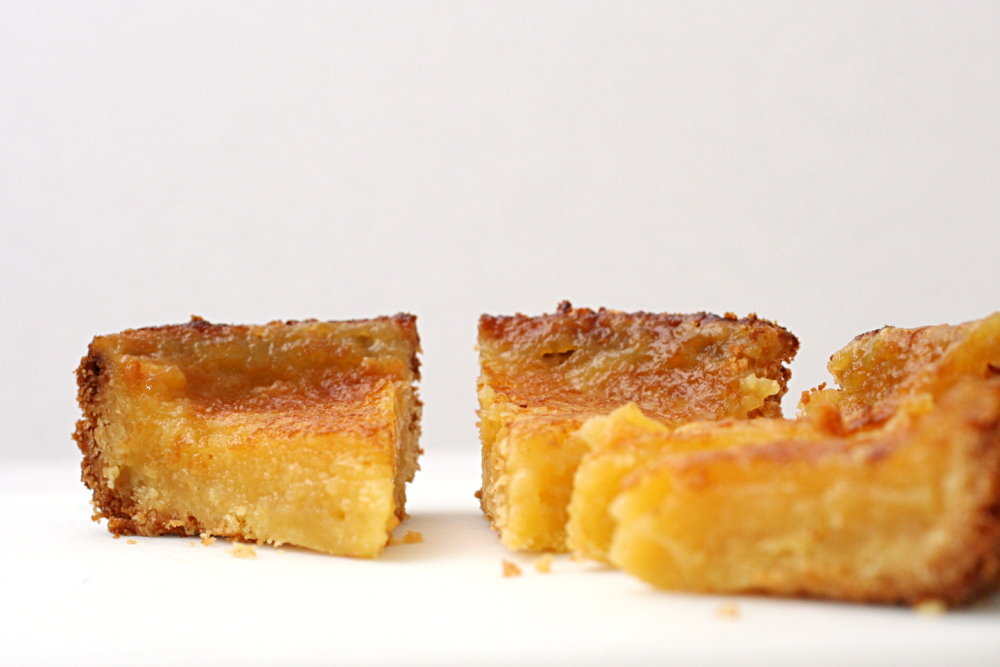
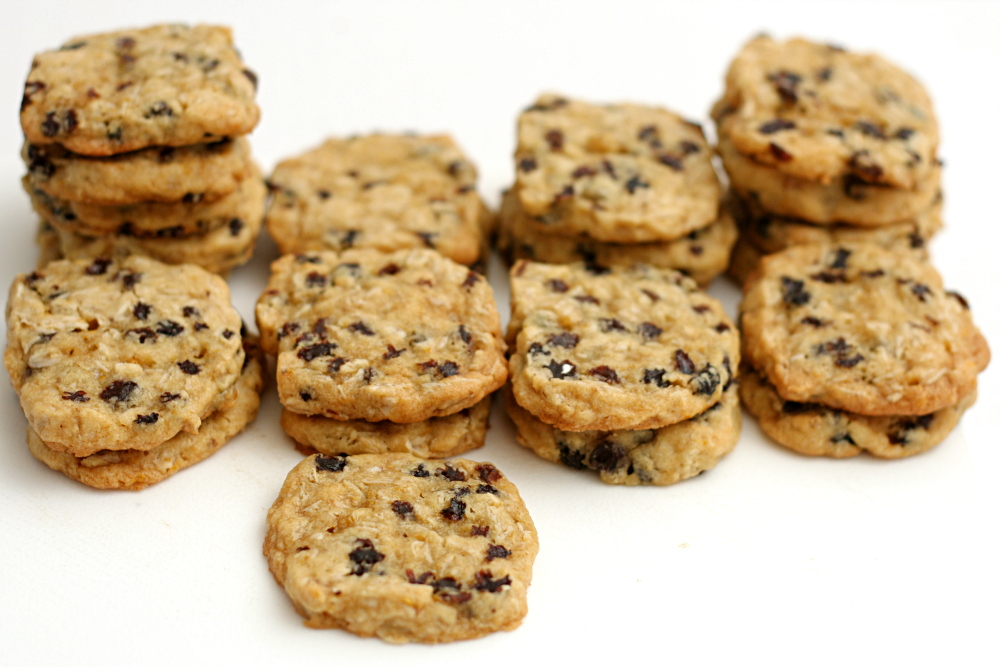
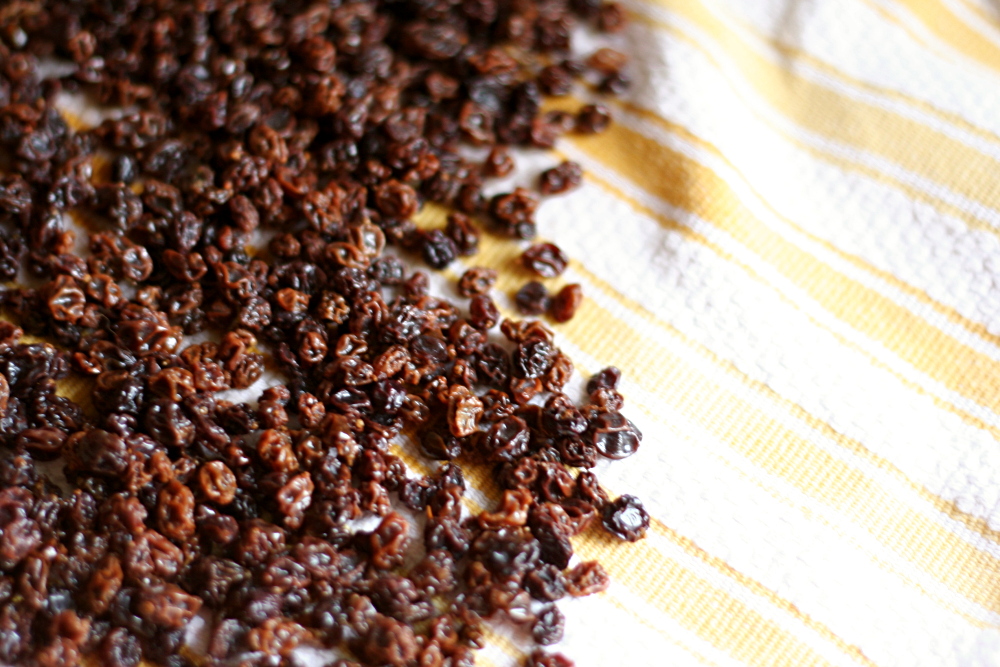
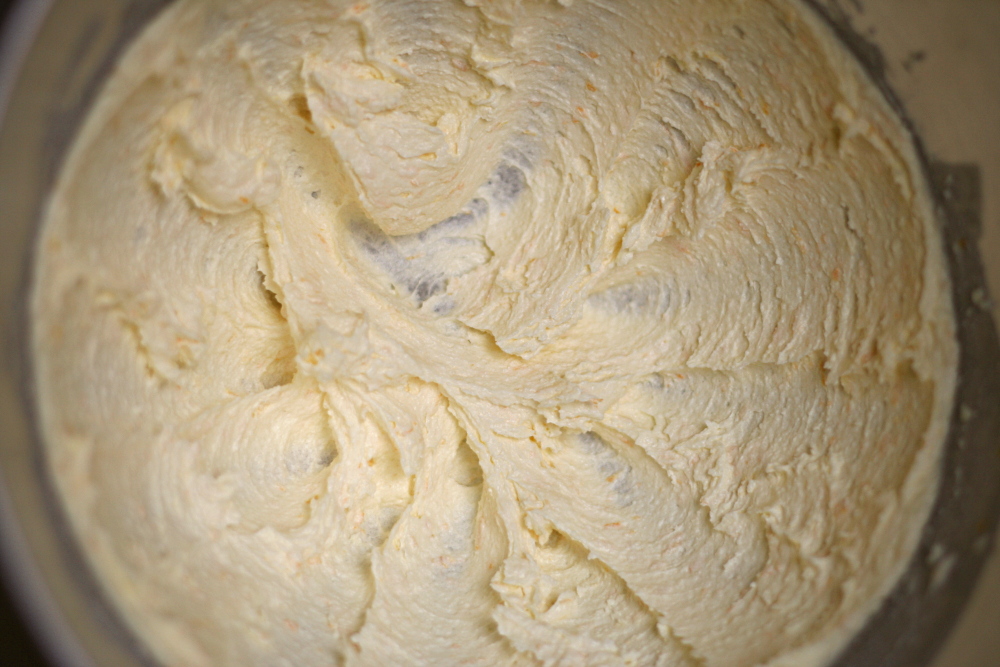
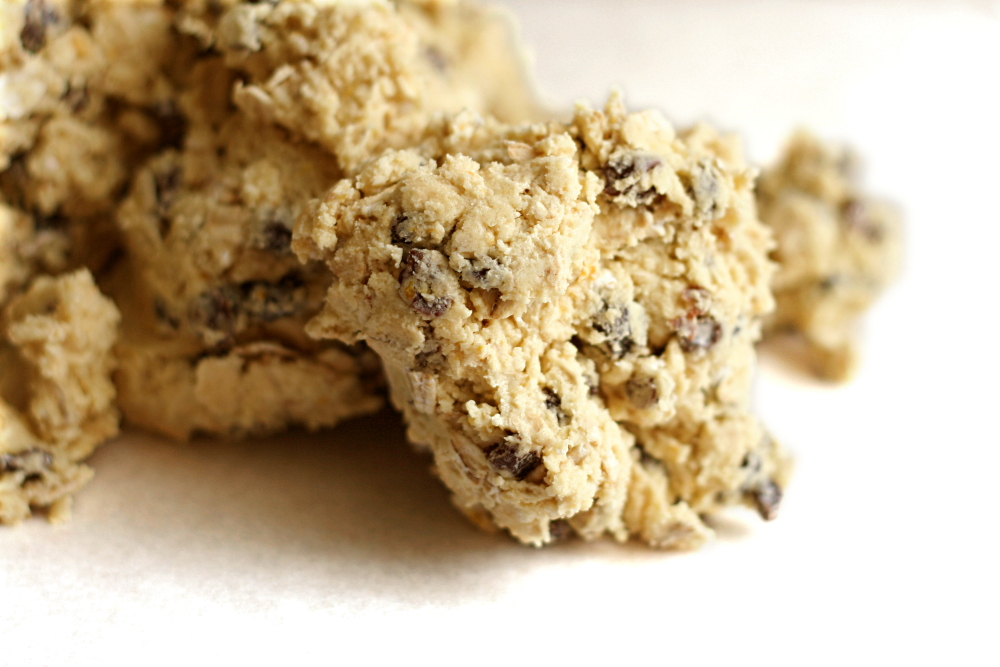
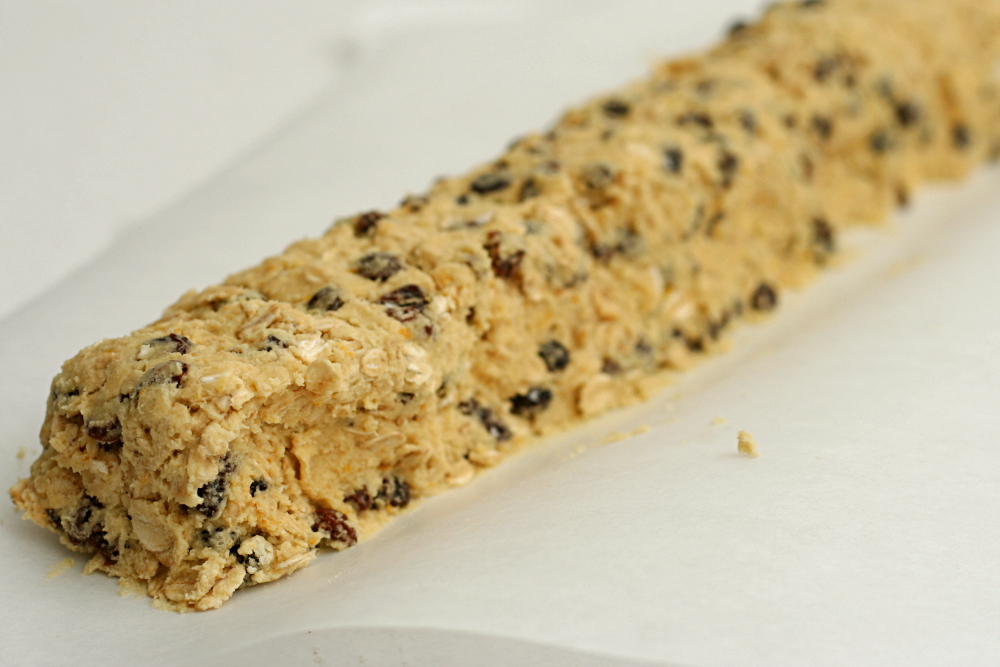
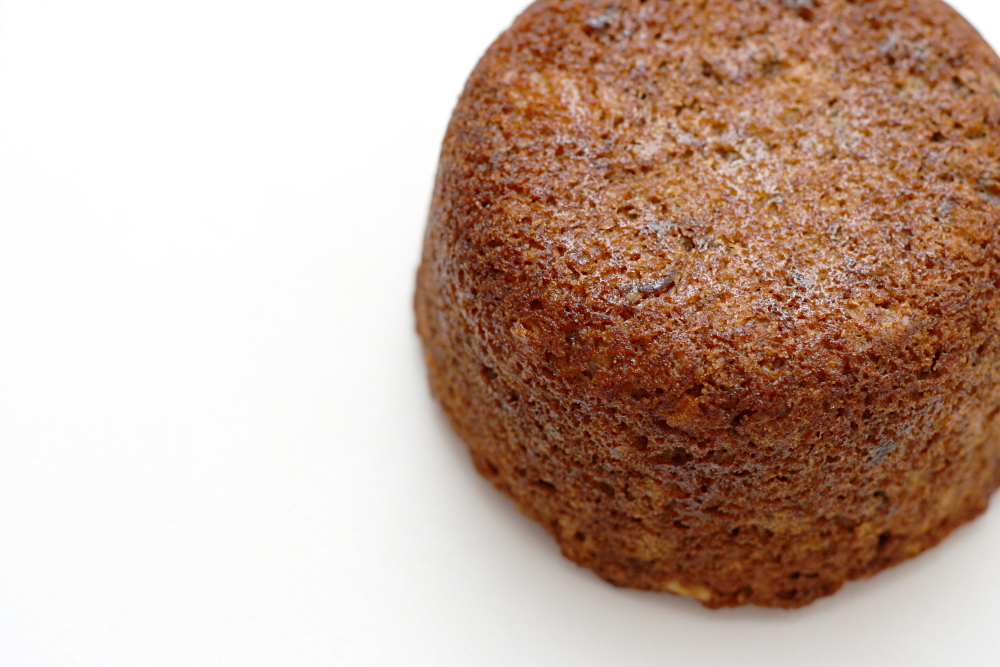
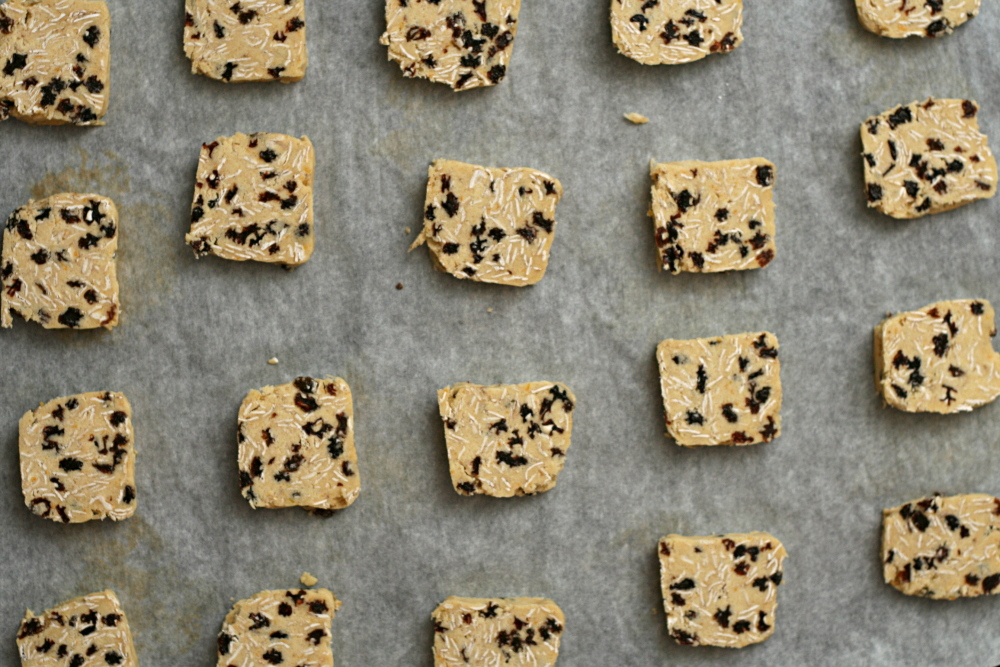
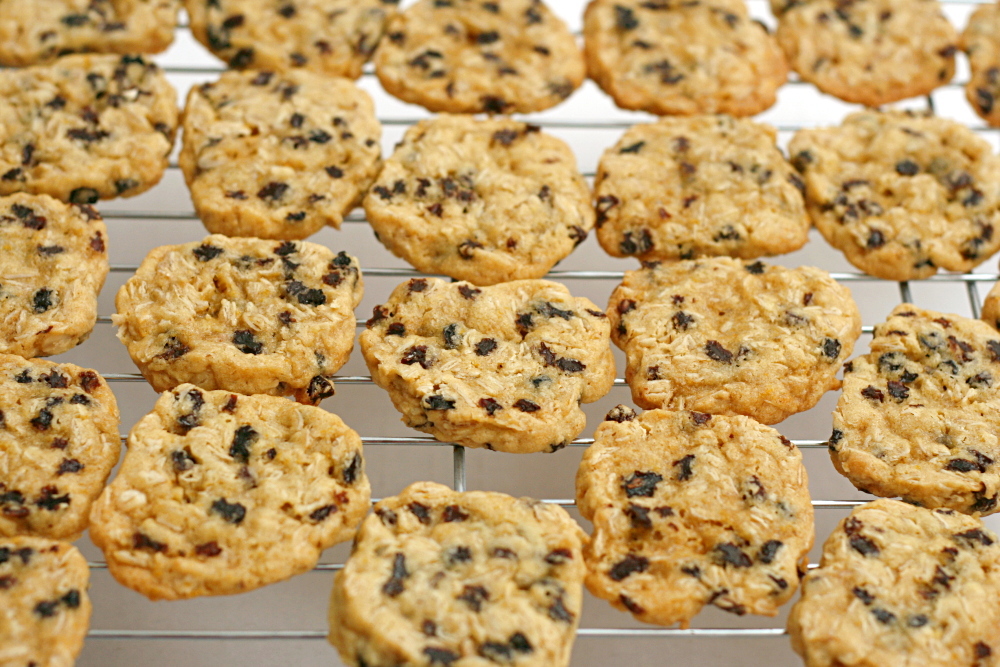
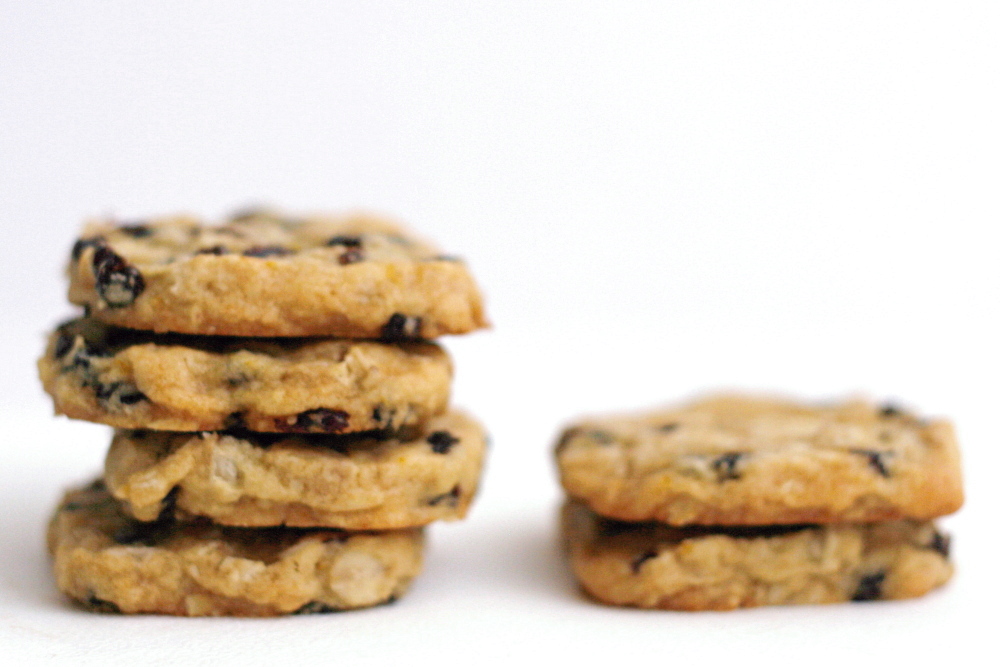
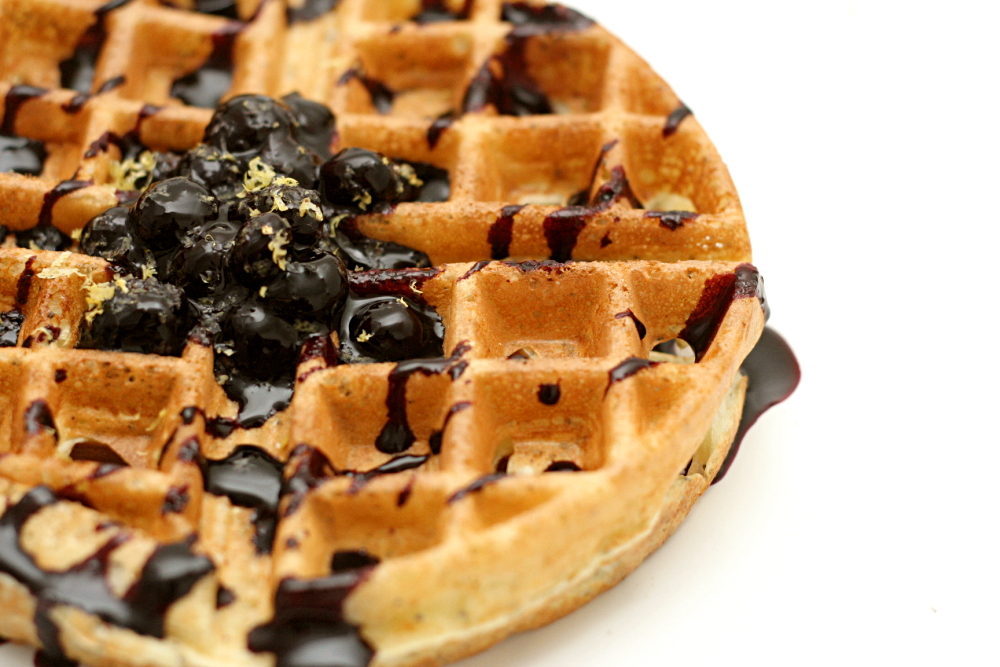
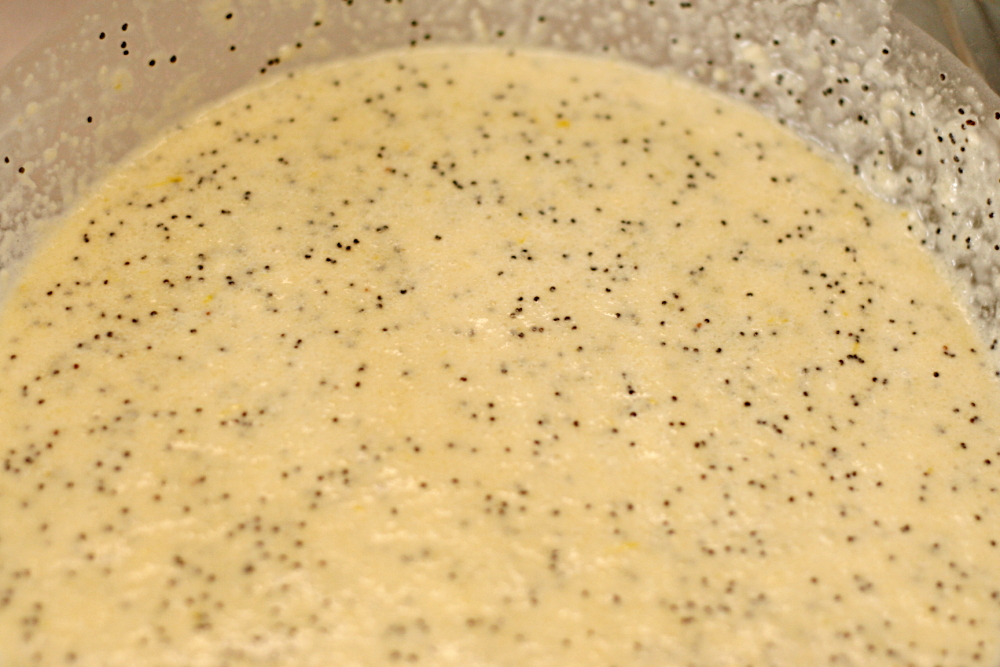
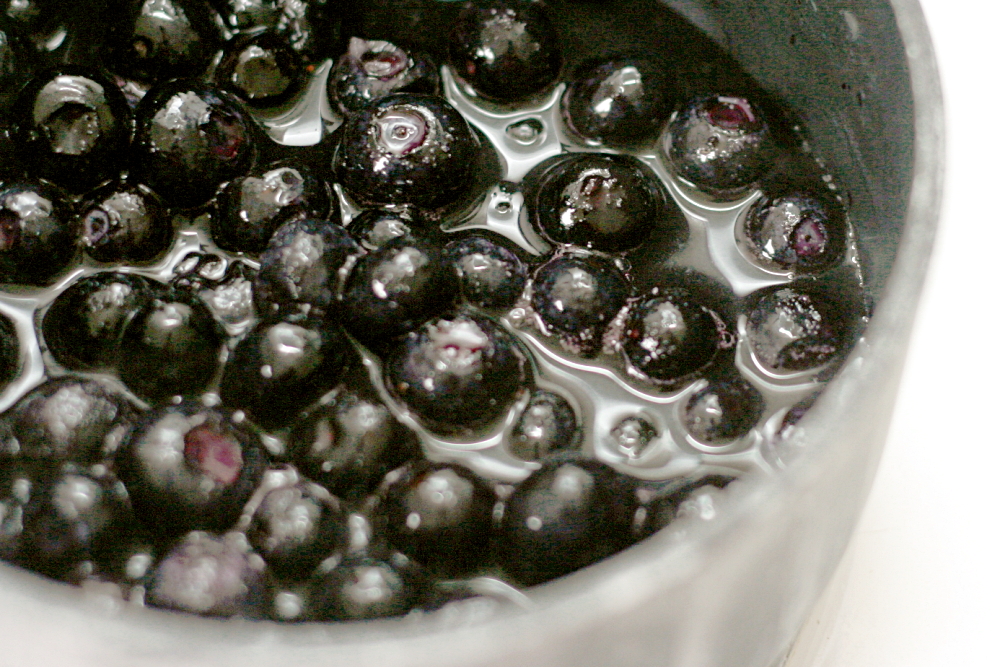
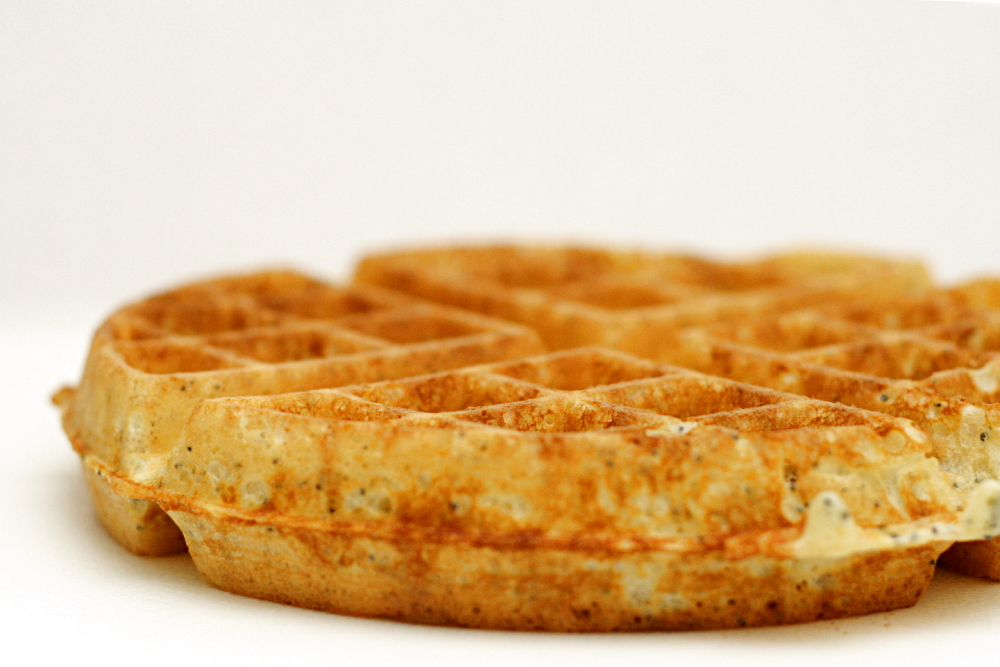
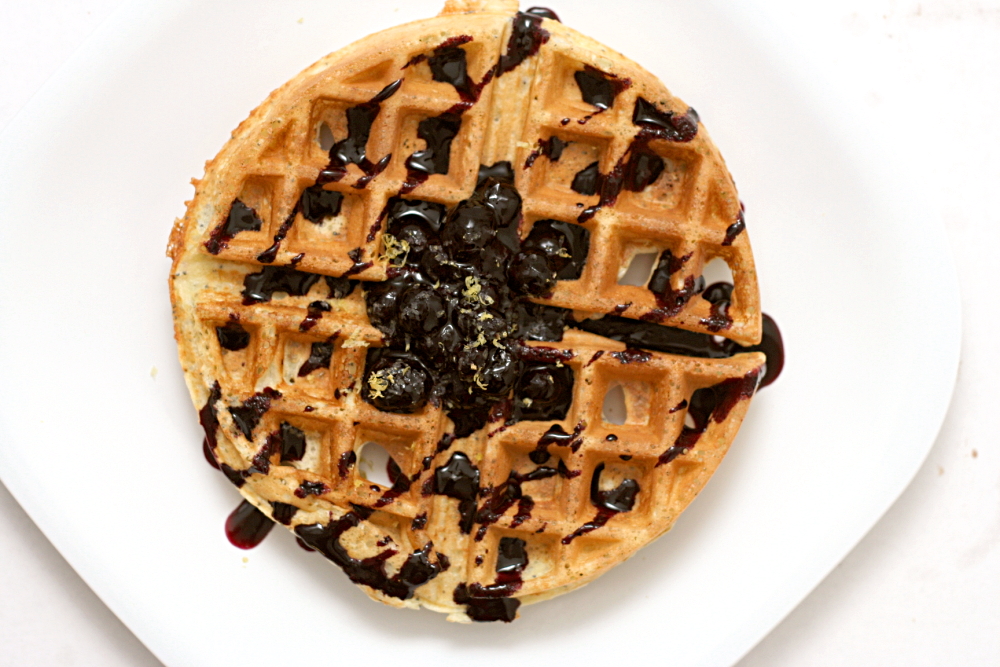
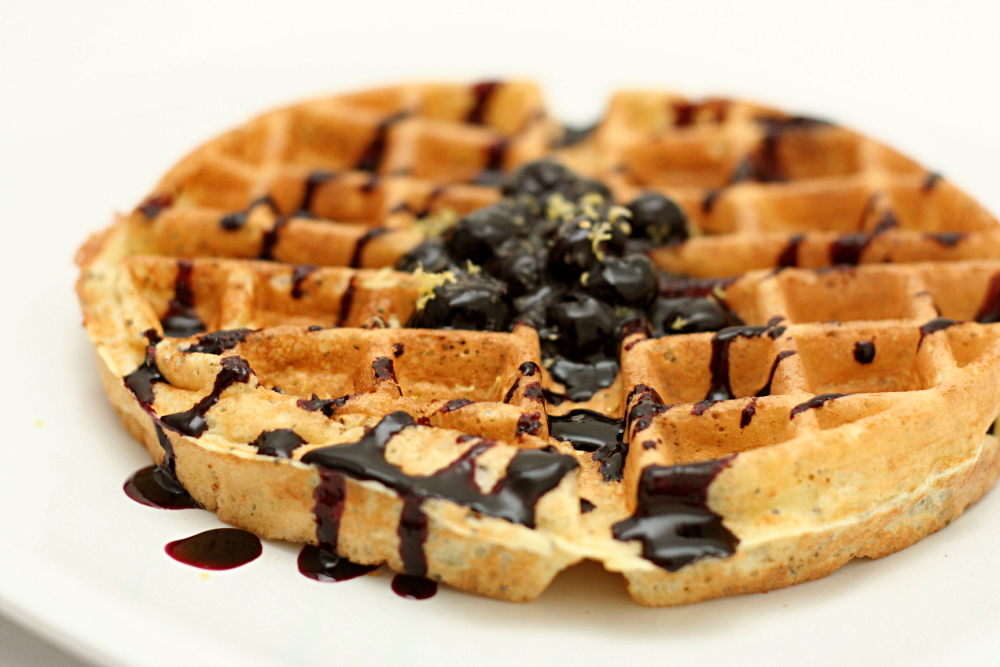






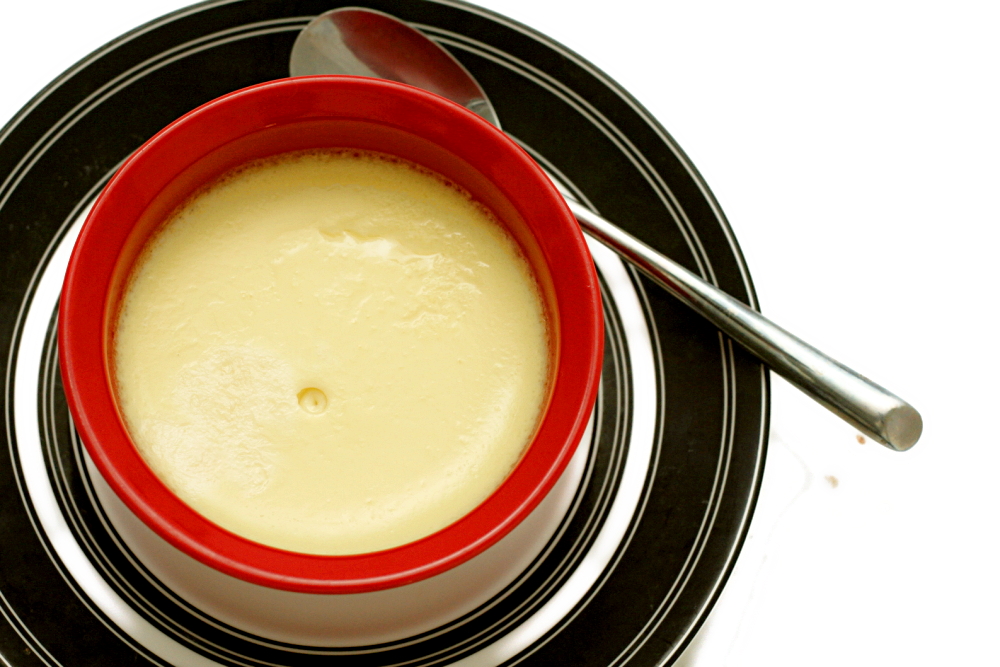
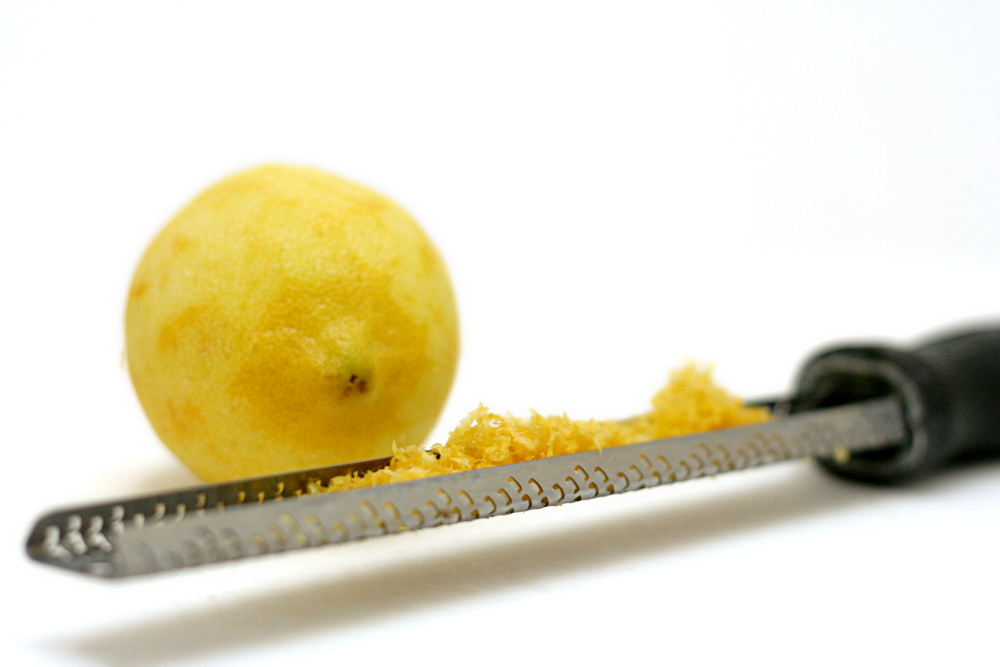

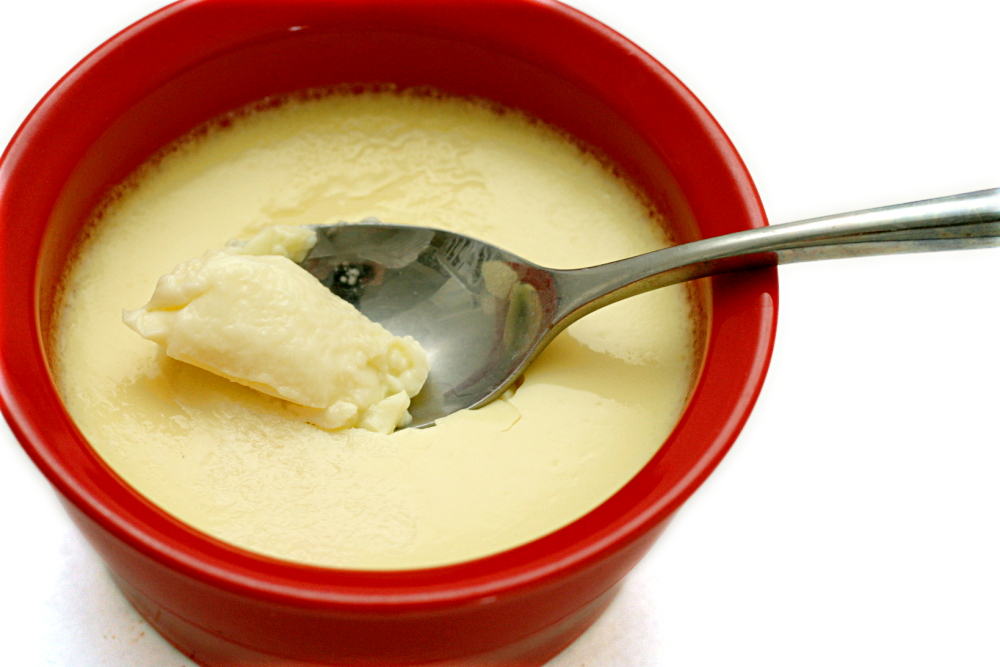




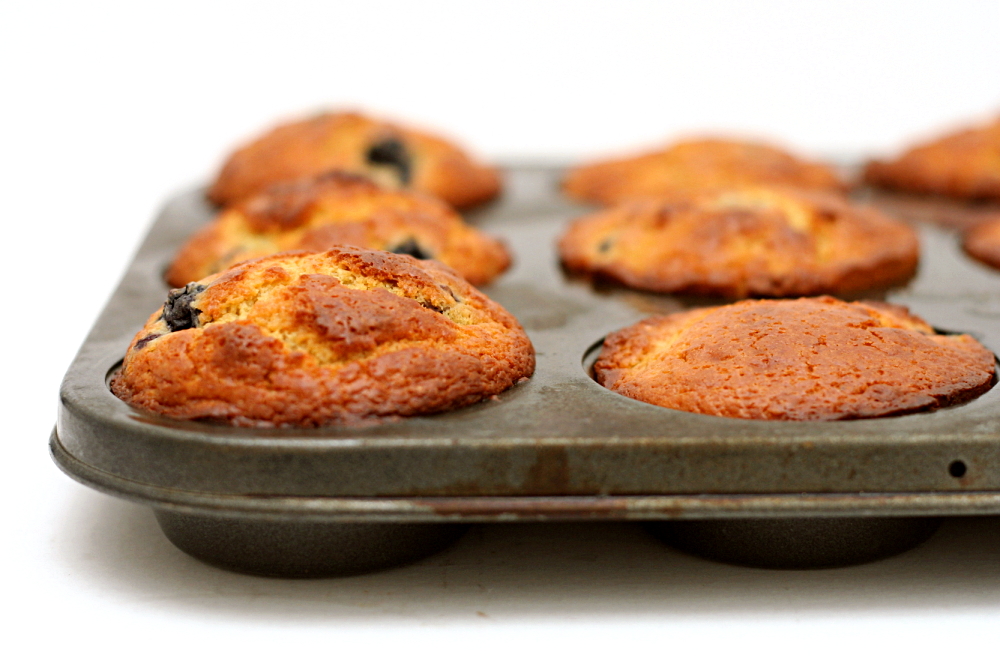 left – bottoms only; right – whole cup
left – bottoms only; right – whole cup left – whole cup sprayed; right – bottom only
left – whole cup sprayed; right – bottom only left – whole cup sprayed; right – bottom only
left – whole cup sprayed; right – bottom only
